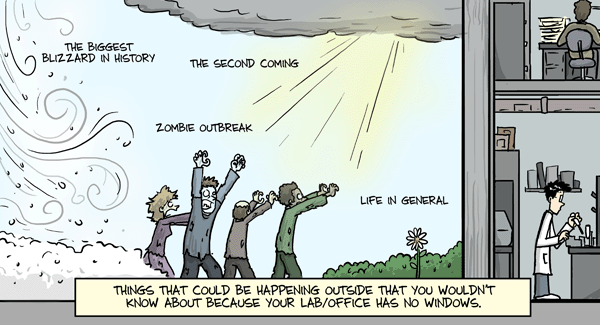 A few weeks ago I heard a talk by Professor Ulf Landegren from Uppsala University about innovation and commercialization of research. Landegren himself has developed innovative molecular tools for measuring DNA, RNA and proteins in blood and tissues, resulting in a large number of patents and companies including Olink (www.olink.com).
A few weeks ago I heard a talk by Professor Ulf Landegren from Uppsala University about innovation and commercialization of research. Landegren himself has developed innovative molecular tools for measuring DNA, RNA and proteins in blood and tissues, resulting in a large number of patents and companies including Olink (www.olink.com).
Landegren also delved on how governments and universities facilitate innovation and presented a figure that shows proportion of GDP spent on R&D in relation to number of scientists and engineers. The figure was taken from an article in Nature Immunology (Kollias and Lambris, 2015) in which Greek researchers pointed out everything that did not work in Greece in general and in Greek research policies in particular. They mention, among other things, politically driven research with no clear strategy, no real evaluation of money spent, and when evaluations are performed they lead nowhere.
Research and development (R&D) versus scientists / engineers per million. Size of the circle reflects the size of the amounts used for R&D.
Not surprisingly, Norway spends the lowest amount of money on R&D compared to our Nordic neighbors, despite broad political consensus that we should spend more. After all, we are “one of the richest countries in the world.” Another striking feature that puts us on what Landegren thinks is the wrong part of the ball park (with Greece), is that Norway has a high proportion of researchers per million inhabitants compared to available R&D funds. At first glance it may seem good to have many scientists, but limited research and innovation funds allocated to many scientists might produce mediocre results in many areas instead of groundbreaking research that can be commercialized and create new industries and jobs. In the opposite end of the field you find Israel as an outlier with a 4.3% share of GDP spent on R&D spread over about 1600 researchers per million. Perhaps there is a connection between this research policy and the fact that Israel produces more high-tech start ups than countries like Britain, Canada and China. Maybe we have something to learn by looking to Israel and our Nordic neighbors.
I wish you all a good weekend!
Eystein


